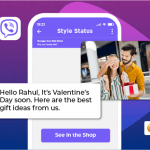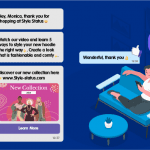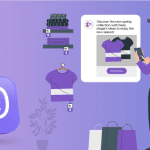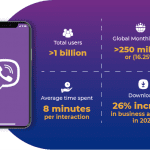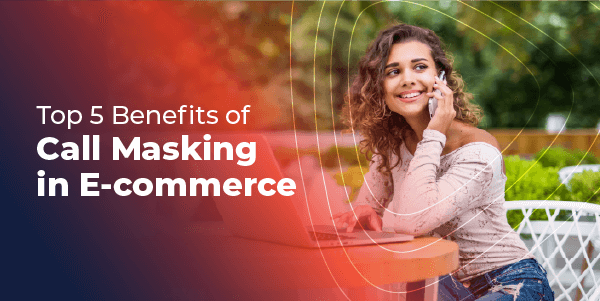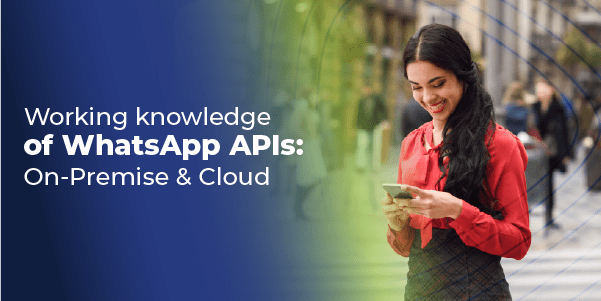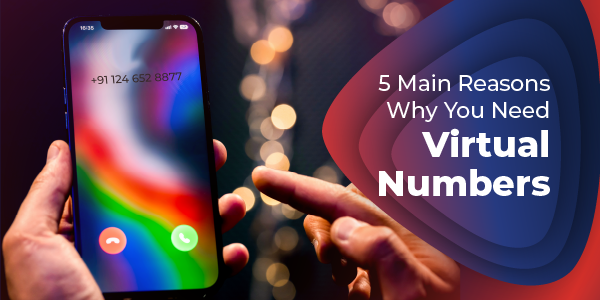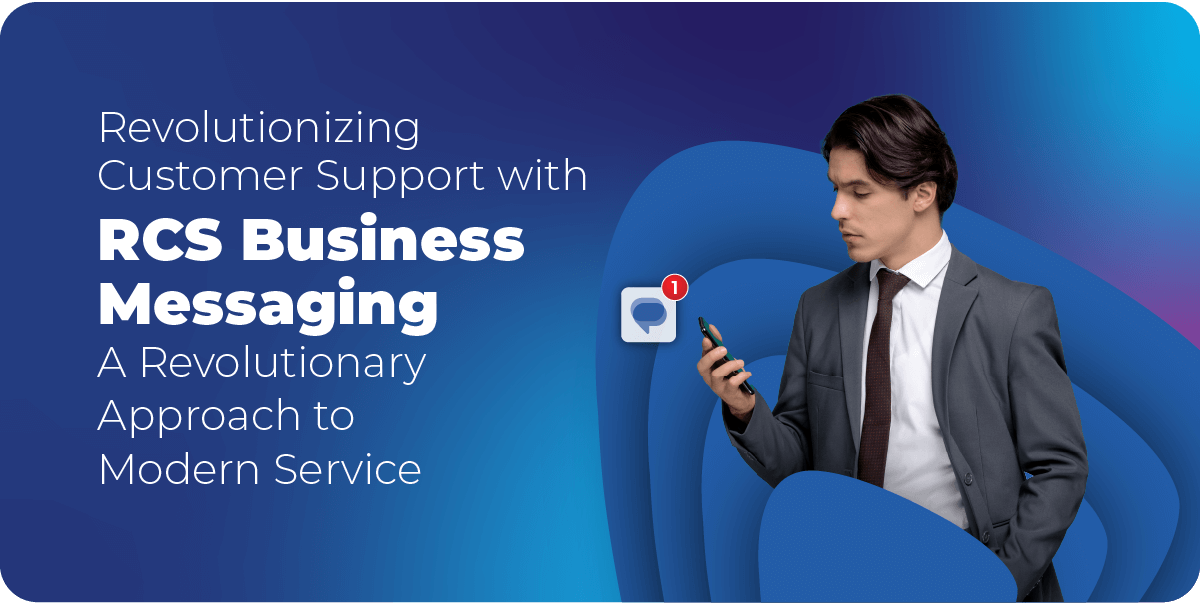Key Highlights
- A brief on messaging trends in South Asian region
- A2P market in the South Asian region
- Need for Viber Business Messaging in the South Asian market
- Benefits of having Viber Business Messaging
- Expected business prospects in the South Asian market with Viber Business Messaging
From ads to drip campaigns, brands that use message apps are able to connect better with their customers more effectively than their counterparts.
Viber is gaining traction in the South Asian market with its Business Messaging, especially in the Philippines, Vietnam and Myanmar. However, before diving into the individual apps, it is important to understand why OTT messaging apps are the central part of the business landscape in Asia.
Only a few people communicate via SMS text messaging in Southeast Asia as there are no unlimited texts or phone calls. Everyone uses a chatting app as it is much cheaper and easier than other apps. The South Asian regional market use messaging apps for personal and business purposes. The trend of a ‘global village’ where markets are across countries, business messaging plays an important role in getting one’s thoughts across a diverse set of audiences for an Enterprise.
In Europe or the United States, chat and in-app messaging are often seen as natural extensions to social networks; in Asia, the reverse is more common: messaging apps are the utilities whence social networks emerge from. Hence in Asia, messaging apps are more in use. It is now moving to consumer-oriented brands, who are far more pervasive on mobile messaging apps here than elsewhere.
Viber Business offers full-service communications with chatbot capabilities as well as safe and secure communication experience for any business looking to communicate with clients and staff. Viber Business is especially popular in Cambodia and the rest of South Asia, especially at a time when Slack and Facebook Workplace have shown that there is a tremendous market opportunity in disrupting emails and making enterprise intra communication more effective than before.
That’s where Southeast Asia’s business messaging apps shine. Email and phone calls are considered the norm in formal and business settings in Europe and the United States, however, relying on Whatsapp or Viber for business is not only suitable but also preferred. WhatsApp for Business and Viber have become the new platforms for business communication in South Asia in a way that email and phone calls cannot compete.
Given the growth in smartphone adoption and engagement South Asia regions, it is not unusual to see people using these apps to schedule work meetings, speak to potential leads or clients manage investments and much more.
Why Viber Business Messages?
Simply put these are rich-media messages with images, Emojis, special symbols, images, buttons, extended statuses which can lead ones customers to the desired action – such as visiting one’s website directly from the Viber app, send a message or initiate a call. Viber Business has the option to provide 1-Way and 2-Way communication to enterprises which has features such as feedback request, online support, lead generation and interactive communication.
When combined with SMS and email campaigns, Viber Business Messages from the most powerful omnichannel marketing strategy. It’s the easiest way to share the latest updates, information or special offers.
Viber offers a high impactful way to engage a global audience, target messages with high еffісіеnсу, trасk, monitor and іmрrоvе mеѕѕаgеѕ as well as аѕ uѕеr іntеrасtіоn. When combined with omnichannel using a unified API, the Viber potential is amplified. it offers SMS and Viber support, automated failover, detailed delivery reports, actionable insights and scheduled sending with timezone support.
Business chat apps differ from one another in terms of features, geographic penetration, technical requirements and local market restrictions. Brands solve these problems by linking their Omnichannel with Viber, allowing brands to integrate with multiple apps at one go, via their preferred channel, be it OTT apps, SMS or voice.
Enterprises only pay for delivered messages. It stands out from traditional SMS as it combines text, images & buttons, and status callbacks to help Enterprises understand how customers interact with the messages. Enterprises can reach customers anywhere in the world by adding timestamps to Service Messages and conserve money on undelivered messages
It enables customer-initiated conversations with offline & online marketing tools to resolve inquiries, provide customers with support within Viber and engage customers with valuable messages and content. Businesses also have the ability to implement deep links in modules such as “Contact us” on mobile devices and generate a QR code to get customers to websites and send offline offers.

